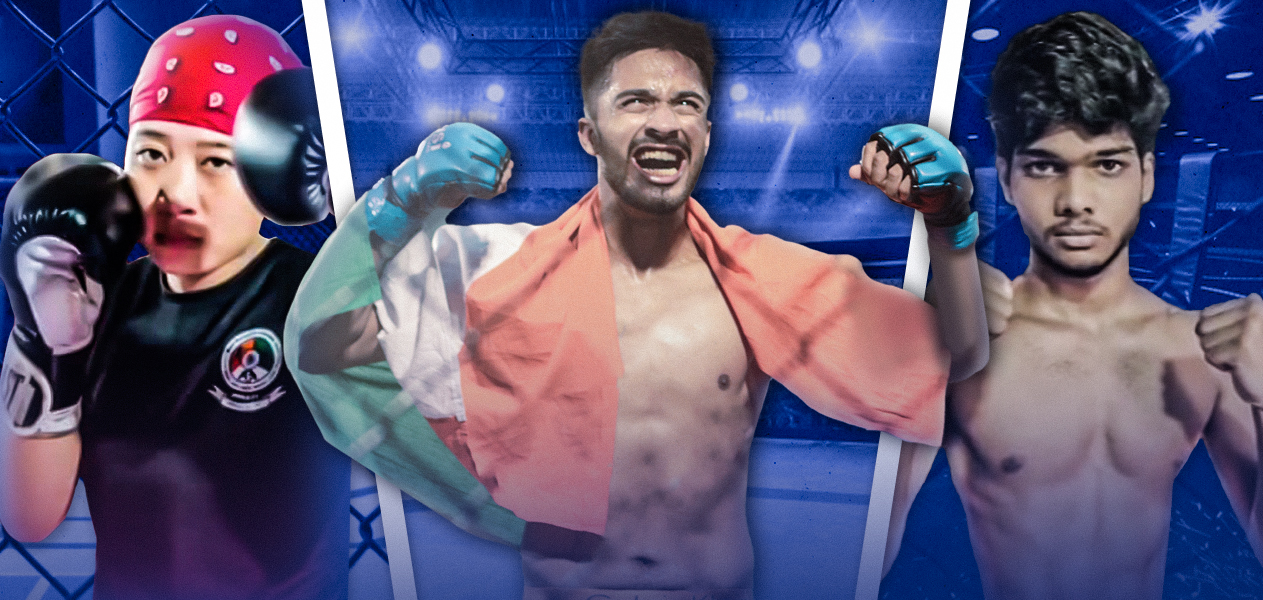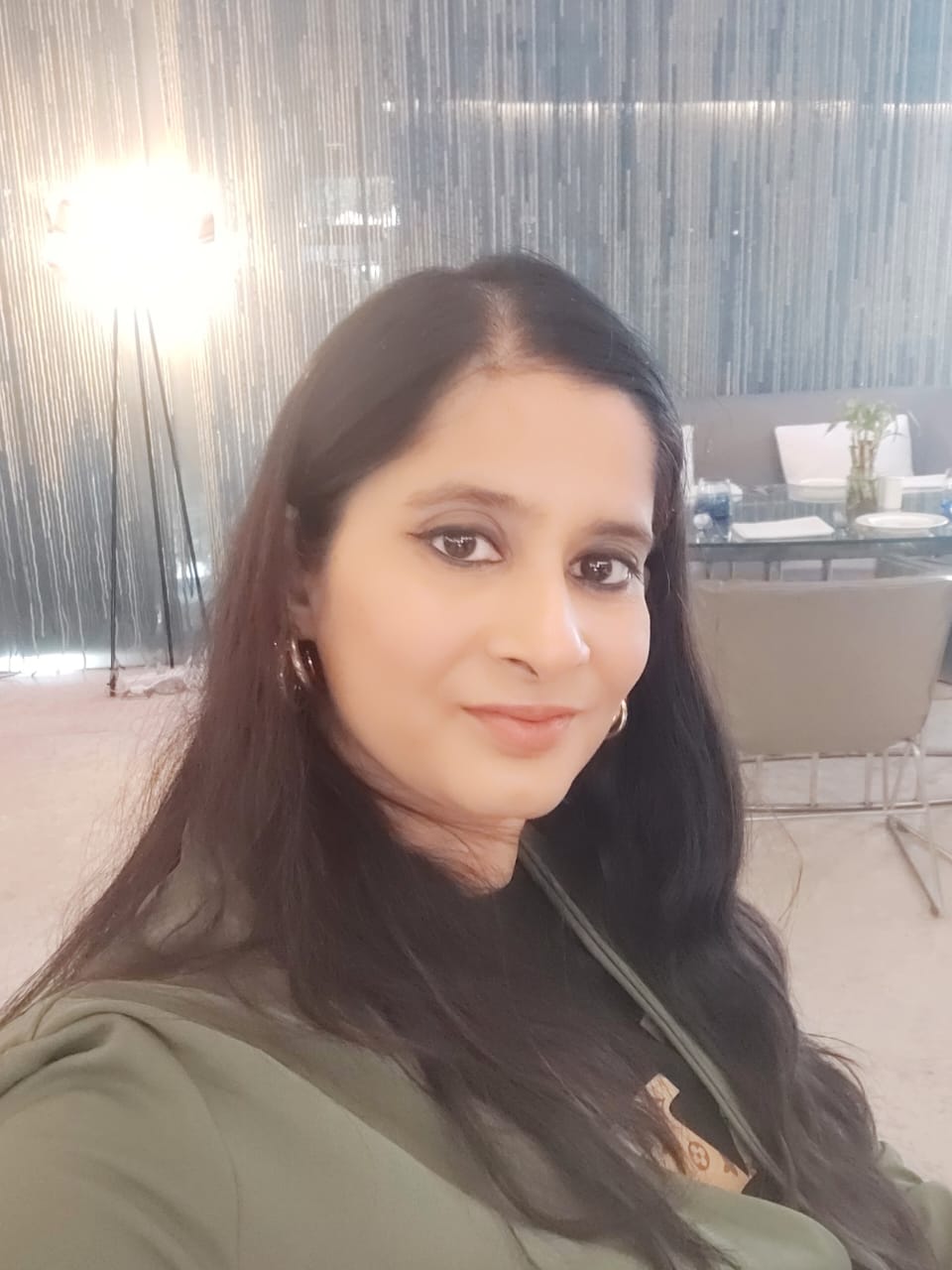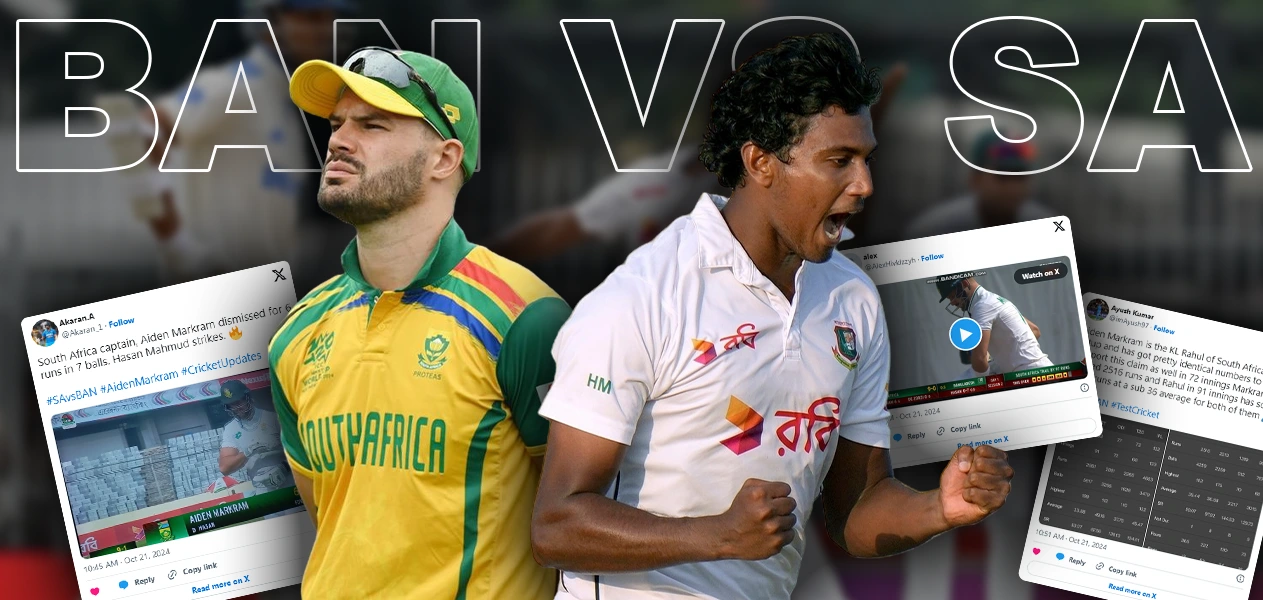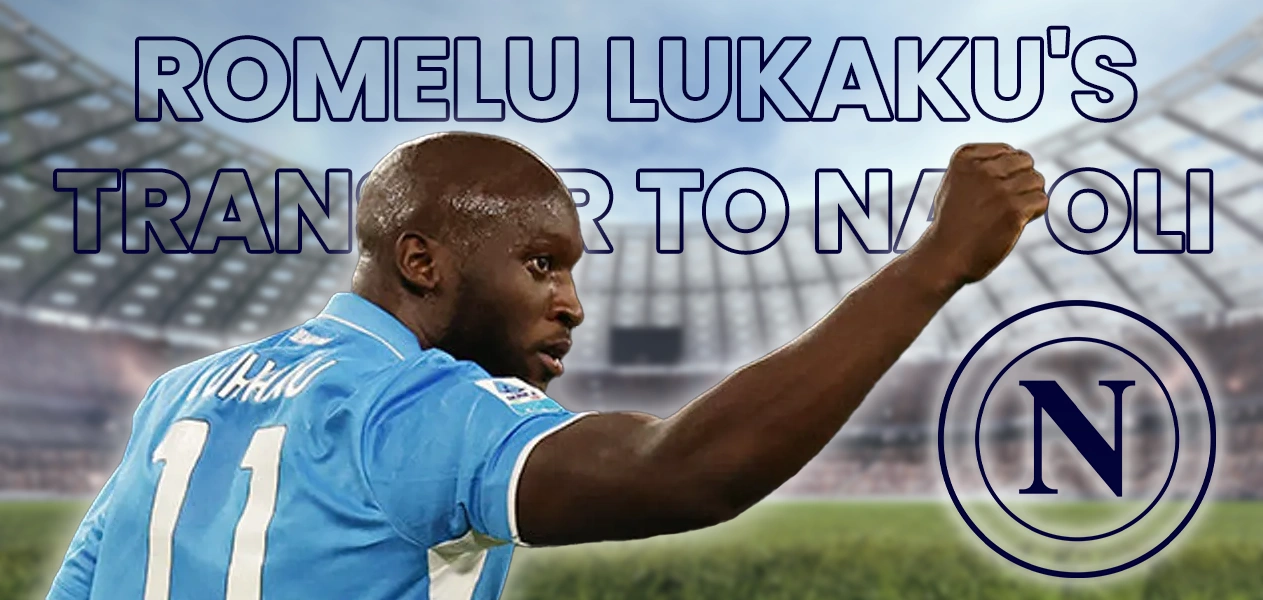One of the earliest pieces of evidence of martial arts in India dates back to the Sangam literature in southern India around the 2nd century BC to the 2nd century AD, while many other historical and mythological texts from different eras and parts of the country suggest how India was the hub for traditional combat sports like pehlwani, silambam and Kalaripayattu among others.
In recent decades, it has been observed that mainstream money-spinners like cricket and football are devoured by millions, while the consumption of some of sports’ more challenging disciplines has depended on performances, primarily in global events like the Olympics or the Asian Games. However, despite this, with the growing popularity of some combat sports like Mixed Martial Arts worldwide, the country with the second-largest population may well see light at the end of the tunnel.
When we talk about combat sports, we talk about sports traditionally based on either striking, like boxing, or on grappling, like wrestling. Another form of combat sport that’s gaining widespread popularity is Mixed Martial Arts (MMA). This discipline involves both striking and grappling. It is the third most-watched sport in the world, while according to BARC, over 100 million Indians watched the Ultimate Fighting Championship (UFC) in 2019 alone.
India has massive scope for combat sports. In the amateur circuit, at global events like the Olympics, eight of India’s 18 medal-winners since the 2008 Beijing Olympics have come from combat sports. The numbers from the Asian Games and the Commonwealth Games aren’t different either, with our boxers, wrestlers and other combat athletes performing splendidly at these global events.
There are a handful of Indian-origin athletes currently in global leagues like MMA. However, none of these athletes who trace their roots back to India took up the sport in the country in the first place, be it Arjan Singh Bhullar, Gurdarshan Mangat or Rahul Rajan. But that doesn’t mean we don’t have athletes of our own. Himanshu Kaushik, Ritu Phogat and Anshul Jubli are few among many athletes who have emerged onto the professional MMA circuit and are progressing in various promotions both here in India and abroad. Ritu Phogat was a CWG gold-medallist in the amateur wrestling circuit before switching to professional MMA. Thus, to say that there hasn’t been any groundwork would be unjust.
For this, I got in touch with Mayur Bansode, President of the Mixed Martial Arts Federation of India (MMAFI). With him having been playing a critical role in organising many MMA leagues, tournaments and events in the past across different fields and organisations, I asked him what the MMAFI’s plan of action in terms of promoting MMA for the foreseeable future was, to which he replied: “We are attracting international promotions to start their franchises in India, and currently we are in talks with Russian Promotion ‘Fight Night Global’ (FNG) to begin its promotion in India. FNG founder Kamil Gadzhiyev will be visiting India as Chief Guest of the 2022 MMAFI National Federation MMA Championship.
“We’ve also started MMA for under-18 athletes. For them, we have made a separate set of rules from amateur MMA, where knockouts are prohibited, and only light contact on the face is allowed. We have successfully organised two events for under-18 athletes.
“Most importantly, we are trying to attract corporates to support this sport. We have successfully tied up free on-ground support of doctors and ambulances and free medical check-ups for athletes before an event for athlete safety. This is also one kind of sponsorship that supports the athletes’ health and safety. Now we are looking for funding to raise the level of event production so we can attract more audiences for our MMA events.”
While a discipline like MMA is a growing one, some of the other disciplines in combat sports have had a longer lifespan in the country. Boxing and wrestling come to mind as two elite sports that have produced medal winners consistently in the amateur circuit on the global stage. However, in terms of widespread popularity and coverage for their professional contemporaries, they are lagging well behind in the food (money) chain.
To understand this better, I reached out to Arif Khan, founder of The Punch Boxing Championship and Managing Director of Sports Oodles Pvt. Ltd. I started with The Punch Boxing (TBP), his magnum opus, asking him what he thought made TBP such a contrasting story to that of some of the other leagues and promotions in the country.
“Generating revenue from day one isn’t easy. Brands take a lot of convincing to make out whether or not an event can give them positive exposure. But once you’re through that and are able to organise a couple of events, more brands start taking notice.
“Besides the sponsorship side of things, it is the product you are selling that should be the foremost priority for any promotion. Fortunately, we have some of the top and emerging Indian pugilists competing with the foreign pugilists, which helps build that connection with the viewers while also fast-tracking the growth of our Indian athletes.”
The Super Fight League (SFL), an identical model to the Super Boxing League (SBL), but just a different discipline, was the first professional MMA league set up in India. However, just like the latter, it shut down rather quickly. I asked Arif for his take on the SFL folding so abruptly, to which he said:
“First of all, the owners brought about their league’s own demise. Boxing is an individual sport where the individual is the protagonist. You cannot just create four–five teams of six–seven such individuals and make it look like a team sport. The whole concept of selling the product was flawed.”
I asked if there were any other contributing factors to this early demise, to which he replied: “Things are always intertwined with such cases. Apart from getting the structure wrong, the SBL failed to work on building a connection between the promotion and their consumer, i.e., the viewers. They also failed to attract sponsorship deals, and apart from the franchise’s participation fee, there was no income in revenue.”
Against the backdrop of the grand success of the Indian Premier League, numerous sporting federations—including those from the combat sports fraternity—dipped their hands in the franchise sports market. Now, before we go deeper into this, it’s important to understand what these leagues are and how they are formed.
Most of the governing bodies or federations in India don’t have enough funds and are surviving and sustaining their operations with limited resources.
Let’s take the Super Fight League, for instance.
So, a private entity or Public-Private Partnership (PPP) comes to the All India MMA federation and asks for commercial rights to set up a professional league. The concerned federation here only gives the commercial rights to run a professional league to the private entity while keeping the rest of the duties to itself, like governing the sport, running national and state tournaments, and running youth-level tournaments. But why does a national federation do this?
Well, it’s mostly because of money. In lieu of taking the commercial rights to set up this professional league, the private entity commits to making all investments from its purse and takes the responsibility of marketing the league, promoting the league, paying off the players, and finding teams. If it’s a success, the private entity gets to reap the rewards. If it’s a failure, the buck stops with the league owners. Except for cricket, every other federation has given rights to these private bodies in lieu of money.
Now, understand that these private entities have made big financial commitments. Firstly, they made a commitment to the federation for the commercial rights. Secondly, a commitment to invest and set up a league. In order to make it a financial success, they need to pay off the players, set up the teams, look after the marketing and promotion sides, set up operations and conduct events.
But how is this value and wealth generated? It’s basically the four financial pillars that need to be taken care of here: sponsorship money, TV broadcast deals, matchday ticket sales, and sale of teams/franchises.
There is a bizarre phenomenon that’s happening only in India. The biggest source of revenue generation for these so-called franchise leagues is the team owners paying massive amounts of participation fees. What happens here is that, even if the league owners don’t have sufficient sponsors, broadcast money and matchday ticket sales, they have their huge franchise participation fee that keeps the league running.
This is exactly what happened to leagues like the Super Fight League. It had no sponsor money, tanking broadcast money since the product being sold didn’t quite deliver, and matchday ticket sales were out of question with its invitation-only audience scheme, thus it left the league with only the six franchise owners to pay the participation fee and keep the league afloat for a number of years. Thus, the problem with these leagues is not the structure of the league alone, but the execution of said structure as well.
However, when covering such a topic, we must hear the athletes’ side of things as well. I got in touch with the 31-year-old strawweight professional MMA fighter from Mumbai, Manjit Kolekar. She has an 11-4-0 record in the professional circuit but was an amateur boxer before switching to MMA.
Manjit told me about the struggles she faced when coming through the ranks and how, despite being a national-level boxer, her heart was torn for a more physically demanding and technical sport in MMA. She remarked: “while boxing was something I was trained in for many years, MMA came more naturally to me.”
However, Manjit also criticised the amount of money athletes were paid, the lack of infrastructure, and the role of greedy agents that restricted and limited the athletes’ growth and psychology tremendously.
Sticking to the agent angle for a bit, I probed her on the matter and asked her to clarify more on their day-to day-operations and the impact they have in a professional athlete’s life.
Speaking on the role of a manager, Manjit said: “It is imperative for the manager to take care of his fighter’s training and practice schedule, bring in sponsorship deals that broaden their revenue source, and approach different promotions which suit the fighter and their career trajectory.
“Besides, they usually take 20-25% commission on average. However, here in India, it can sour as high as 40–50% with certain individuals. All they care about is money.”
She continued: “Take myself, for instance. With my previous manager, I had to do everything on my own. I had to plan all my sessions, sometimes speak to promotions for opportunities, while also looking for sponsors at the same time.
“With the sponsors, it’s a different ball-game altogether. Here in India, deals are dished out on the basis of your name and social media followers. Moreover, Indian fighters on average get ?5–10 lakh per deal, while these same brands offer deals in the region of ?5–10 crore to foreign athletes. How can you expect our fighters to grow with such absurd pay inequality?”
I ended our conversation with me asking her why the November 2019 Brave CF 30 was her last professional MMA match.
“A couple of months before the Brave fight night, I had done my meniscus, and it took some time to heal and for me to get back in shape. Then, one week before the fight night, I tore my ACL. My manager told me the promotion will take care of my injury, so I fought the bout regardless, and eventually lost. However, after the event, when it was time for my treatment, neither Brave nor the federation came forward to my aid. I tried everything I could but eventually ran out of options and sought the fund-raising option with Ketto. I used to get ?2–3 lakhs per fight, most of which would get spent when training for your next bout, which is usually in the next 4–5 months, and maintaining your diet. So, taking care of my own treatment was beyond me at this point.”
I’d like to conclude this piece by highlighting a few key takeaways:
First of all, the problem with the professional franchise leagues is not their structure but the execution of the structure itself. One major flaw that can be plucked from every single one of them is that these franchise-based leagues were set up without really understanding the real economics behind what made that sport a success. The Super Fight League failed. The Super Boxing League failed. The Pro Kabaddi League is tanking with dwindling viewership, and the Pro Wrestling League has been temporarily shut down since lockdown March 2020.
The second issue here is that, since PPPs take complete control over the professional leagues, it is not obligatory for them to develop that sport in the country. However, the money that these federations receive in lieu of giving away the commercial rights needs to be dumped into the grassroots level, but the federations are clearly not doing that and are also not being held accountable for what they do with this money. Add to this the league owners depending on franchise owners to pump money every season with participation fee, it’s a process that’s evidently going to stop working eventually.
Apart from these, player welfare is something that needs addressing. Cases like Manjit Kolekar’s ACL injury and the lack of support and empathy shown by promotions and federations need to improve drastically. Athletes should be given proper medical support when competing for the nation or federations, or competing in any promotion by those bodies.
There should also be training camps for athletes, youth camps that train them both physically and mentally, and educate them to become better individuals. Manjit suggested that athletes should be trained and taught to compete at least 5–7 amateur bouts before switching to the professional circuit, though she also suggested athletes ought to not do the polar opposite and do 25–30 amateur bouts before turning pro, for by that time an athlete is already past their peak.
And, finally, agents. I feel agents will play a big role in the growth of professional athletes in India. As Manjit explained, they are responsible for an athlete’s training, securing sponsorship deals, and looking for fights and suitable promotions. We need agents that build an athlete’s career as well as their own bank balance. Agents take cuts, and there’s nothing wrong with it, but when these same agents who athletes trust their careers with do anything but their jobs and start extorting more in terms of commission fees, who do you go to next?
Hence, it is important that these federations, and both for-profit and non-profit organisations that look to invest in youth-level prospects, understand that they would do well to educate teenagers on what to expect from the outside world and how to negotiate in real-life situations.
India is by far the biggest hub for combat sports in the world right now. MMA is the fastest-growing combat sport in the country, but other professional elite sports like boxing and wrestling have the capability to make a big splash as well. Thus, I feel it won’t be long before we see an Indian champion in one of these global combat sports promotions in the near future. The caveat, however, is that certain things need to improve, as stated above.







Leave a Reply